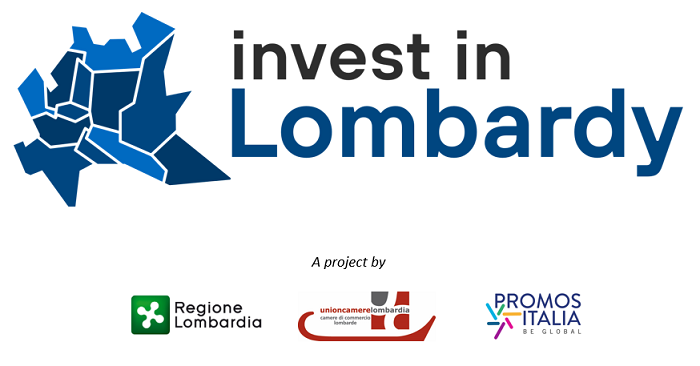The BIO International Convention (BIO), held in San Francisco during the last week, is closing today. BIO attracts 15,000 biotechnology and pharma leaders for a week of networking to discover potential partnerships covering the wide spectrum of Life Sciences.
Invest in Lombardy is present at BIO in order to meet foreign companies who are potentially interested in the Lombardy region. Lombardy is, in fact, home to 30% of Italian biotech companies.
Investing in Lombardy, one of the four economic powerhouses of Europe, is an appealing prospect for many overseas companies, but this venture also requires the implementation of a series of specific actions, often within an extremely rapid timeframe. Undoubtedly, one of these steps is training the employees that will be working at your Italian branch, something that often requires the translation of in-house content and training courses to convey extremely technical and highly specialist information.
English is the principal language in the scientific field, but while the researchers might speak it perfectly, often the people who need to convey these concepts are unable to explain the more complex, technical aspects in a language other than their own. Another problem is conveying these concepts to doctors and health service operators, who must then communicate them in an understandable form to the public, who often don’t speak or understand any other language than their own.
The deadlines for creating these materials can be extremely tight, because they need to be ready in time for the training sessions or made available online according to a specific calendar. This scenario not only requires a team of translators who are specialists in the medical field, but it also requires the verification and proofreading of the text by an expert in medicine and/or pharmacology.
Below is a checklist of the most efficient way to manage the entire translation project, using a concrete and effective ‘hands-on’ approach:
- Put together a team of translators, specialist in the medical field, who will be coordinated by a project manager, bearing in the mind their average daily production capacity, in order to work out how many translators will be required for the project and guarantee that the translation is delivered on time.
- Source text: work with each translator on every training module to create a list of commonly used words (glossary), in order to maintain consistency throughout the text and also to avoid the use of those so-called ‘false friends’, dangerous words in such a delicate context, because any eventual misunderstandings could have a detrimental effect on diagnosing or treating a patient.
- Glossary: verification of the bilingual glossary by a medical/pharmacological researcher, usually a university professor, who is used to writing scientific materials that are published in a variety of different languages.
- Target language: control and proofreading of the translated text by a university researcher, who will have to give final approval that the document is ‘ready to print’, before delivering the translation to the end client.
Written by Annalisa Occhipinti – Opitrad


